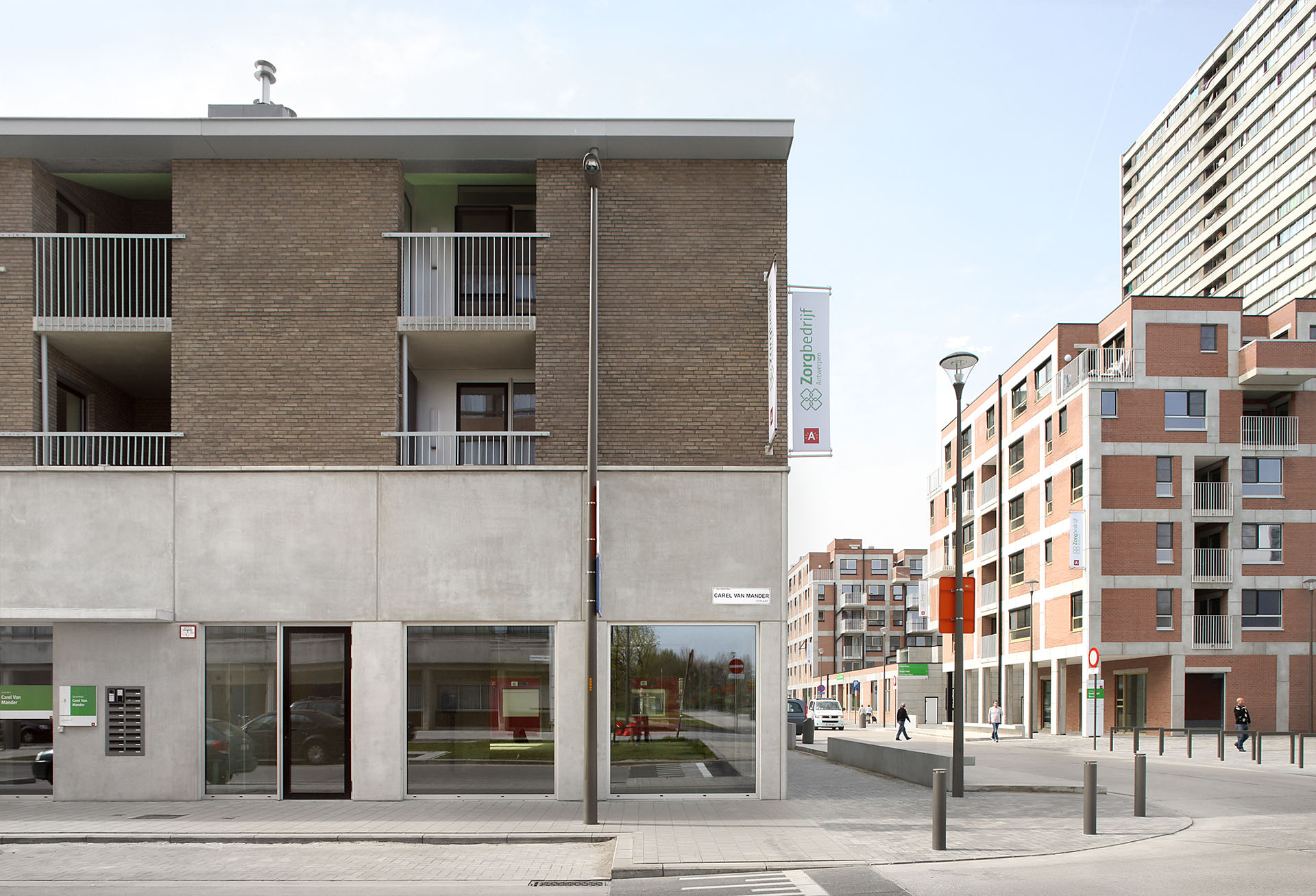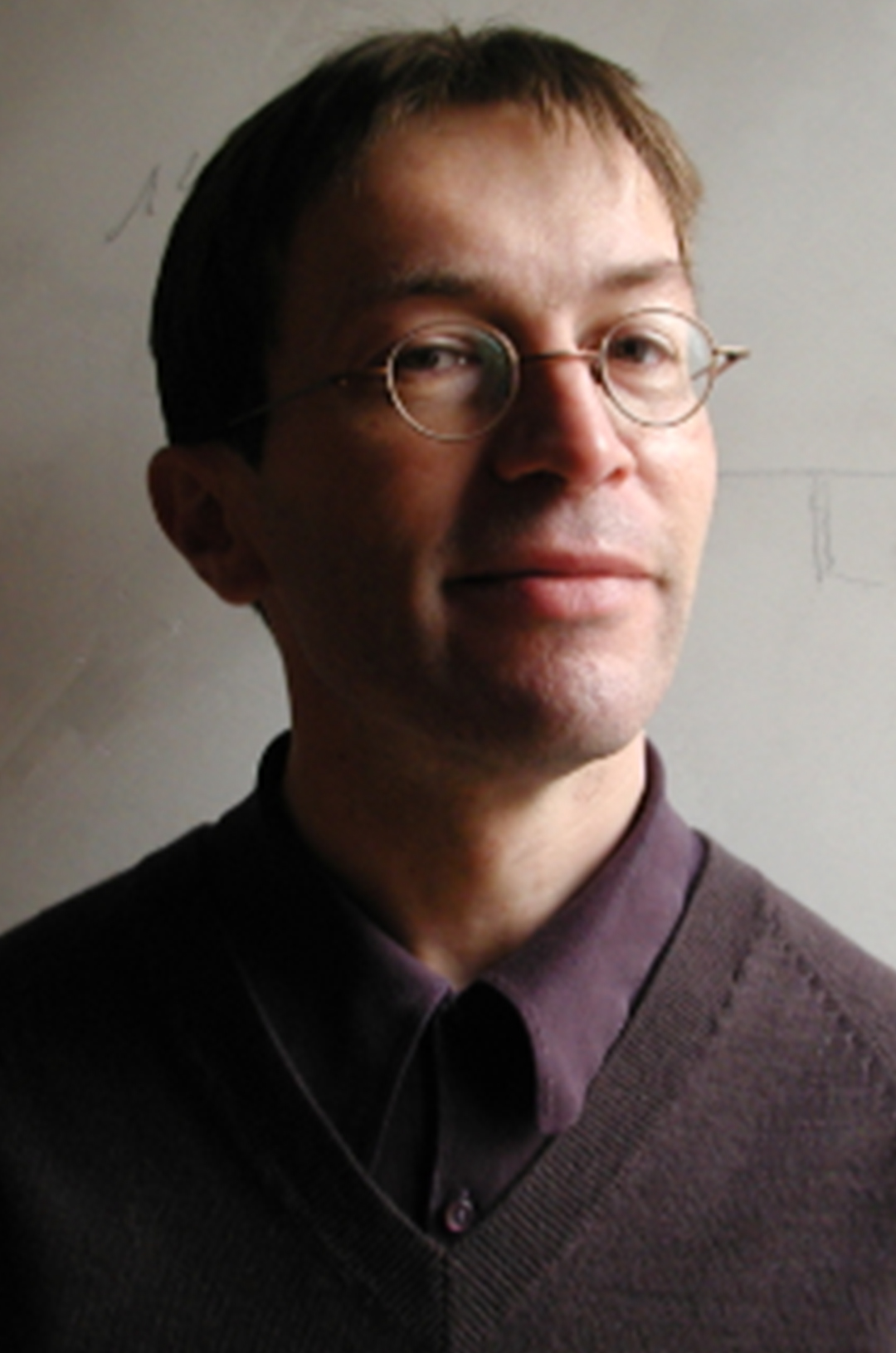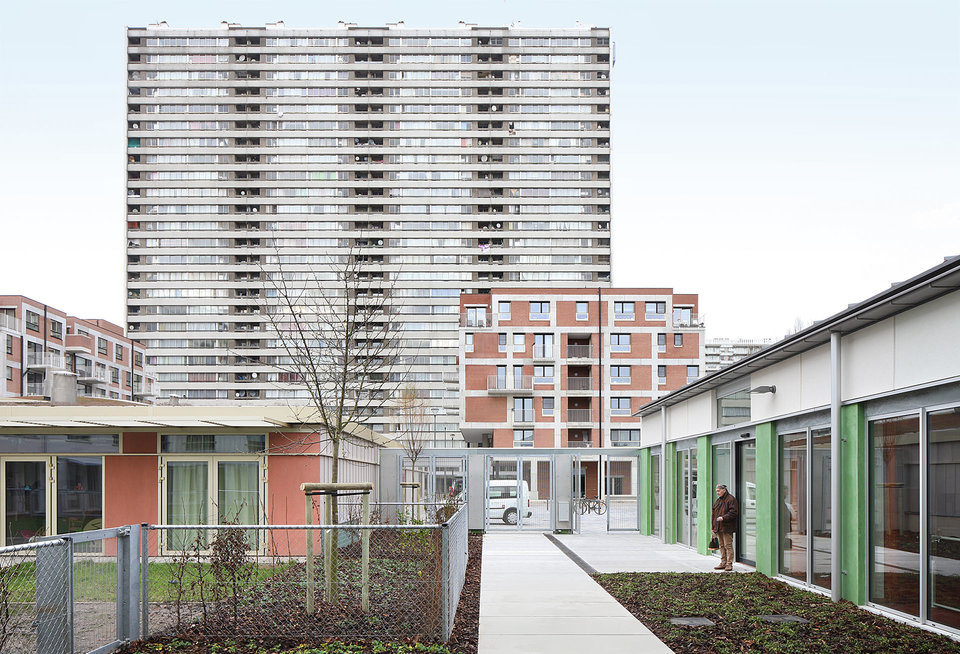Urban Architecture
Urban Architecture studies medium-size urban sites that are inaccessible for the regular tools of urbanism, and where expectations of urban design can only be fulfilled by architecture. Adding a building on these locations thus means (re-)designing an environment.
Urban Architecture opts for an engagement with urban challenges and adopts a wide range of concepts, methods and practices of thinking and doing architecture. Our study focus is not on the blanks to be filled in within an urban plan, but on sites where the urban plan falls short, which invites interventions that simultaneously articulate public, private and collective realms. We acknowledge that designing a building means creating and influencing the surrounding environment. Sites require interpretation and assessment, in order to allow the newly added building to either complete or re-direct them. Urban Architecture studies how the new building relates to existing structures, how it intervenes in the city’s different scales, and how it establishes material kinship.
Urban Architecture is a practice of collecting, composing, and re-using. We aim to make the best possible use of resources observed near the site, both socially and physically. Resources include buildings nearby and far-off, realised or imagined, as well as techniques and materials, social networks and practices of occupation and habitation. In the study of design possibilities, knowledge can be derived from other, also non-executed designs for similar locations. Likewise, the presence of older buildings, originated under different conditions and adapted to societal change, challenges our contemporary biases. They can help prevent one-sided views and inspire to develop versatile cities. Therefore, whether to demolish and how to re-use are considered vital questions.
We realize that urban architecture results from, and contributes to daily interactions, social patterns, opportunities for collective and personal fulfillment. In contemporary cities, such opportunities are not equally distributed. Therefore, Urban Architecture intervenes by preference in urban areas where ‘the right to the city’, as Henri Lefebvre has put it, needs strengthening.
In order to achieve this, we advocate an architecture that anticipates uses and fosters experience. Its novelty is fed by memory. Its multivalence embraces character, its economy avoids austerity, its specificity refuses arbitrariness.



